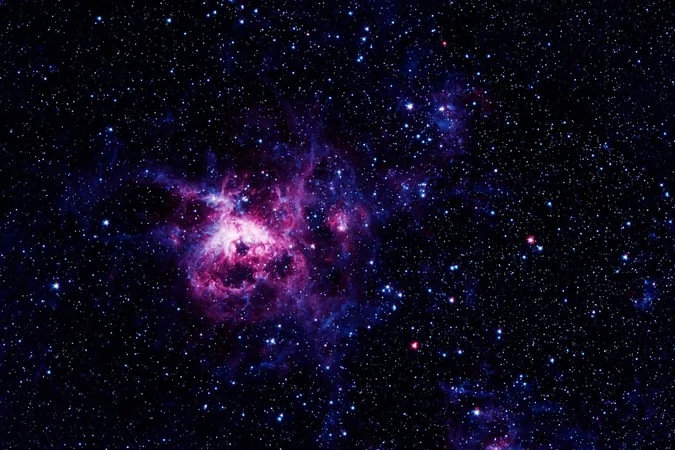
Revolutionary 5D Memory Crystal Could Store Human Genome for Billions of Years!
2024-09-28
A Blueprint for Humanity's Future
The visionary team envisions this crystal technology as a vital tool that could potentially bring humanity back from extinction. Imagine a scenario where future civilizations or advanced technologies could access our genetic information, offering a path to resurrect not just humans but also endangered species that risk vanishing from the planet. With this crystal, crucial data about biodiversity can be preserved in a format that withstands the test of time.
What Makes 5D Memory Crystals Unique?
The 5D memory crystal, developed by the university's Optoelectronics Research Centre (ORC), is unparalleled in durability. Unlike traditional data storage methods that deteriorate over time, this innovative crystal can retain an astonishing 360 terabytes of information, maintaining integrity for billions of years—even under extreme temperatures. It officially holds the Guinness World Record for being the most durable data storage medium ever created!
Engineered from fused quartz, a material recognized for its resilience, this crystal can endure extreme conditions: from freezing cold to scorching heat up to 1000 °C, and can even face impacts equivalent to 10 tons per square centimeter. Its design also makes it immune to the long-term effects of cosmic radiation—a significant factor for data retention in outer space.
Cutting-Edge Technology Behind the Crystal
Led by Professor Peter Kazansky, the research team utilizes ultra-fast lasers to etch information into nanoscale voids within the crystal. This process is groundbreaking; it manipulates two optical dimensions and three spatial coordinates to achieve its 5D encoding. This innovative technique vastly outperforms traditional 2D data storage methods like paper or magnetic tape.
The Challenge of Revival
As exciting as this technology is, the prospect of using the data to revive extinct or endangered species remains a challenge. While advances in synthetic biology, such as the creation of a synthetic bacterium by Dr. Craig Venter's team in 2010, show promise, we are still far from being able to recreate entire organisms from scratch. However, the potential applications for preserving genetic material are immense.
In a fascinating twist, the researchers also considered the implications of their work from a long-term perspective. They pondered how an intelligent being—be it a species or a machine—might retrieve the information encoded within the crystal, perhaps in a future so distant that our context would be entirely lost. As Prof. Kazansky noted, the visual key inscribed on the crystal provides insight into the valuable data it houses and how it could be used.
Conclusion: The Future of Data Preservation
This monumental achievement not only represents a leap forward in the realms of genetics and data storage but also opens new avenues for conservation and the survival of species. Could this technology become the ultimate safeguard against extinction? Time will tell, as scientists continue to explore the uncharted territories of synthetic biology and genetic preservation. Stay tuned as we monitor exciting developments in this trailblazing field!


 Brasil (PT)
Brasil (PT)
 Canada (EN)
Canada (EN)
 Chile (ES)
Chile (ES)
 España (ES)
España (ES)
 France (FR)
France (FR)
 Hong Kong (EN)
Hong Kong (EN)
 Italia (IT)
Italia (IT)
 日本 (JA)
日本 (JA)
 Magyarország (HU)
Magyarország (HU)
 Norge (NO)
Norge (NO)
 Polska (PL)
Polska (PL)
 Schweiz (DE)
Schweiz (DE)
 Singapore (EN)
Singapore (EN)
 Sverige (SV)
Sverige (SV)
 Suomi (FI)
Suomi (FI)
 Türkiye (TR)
Türkiye (TR)